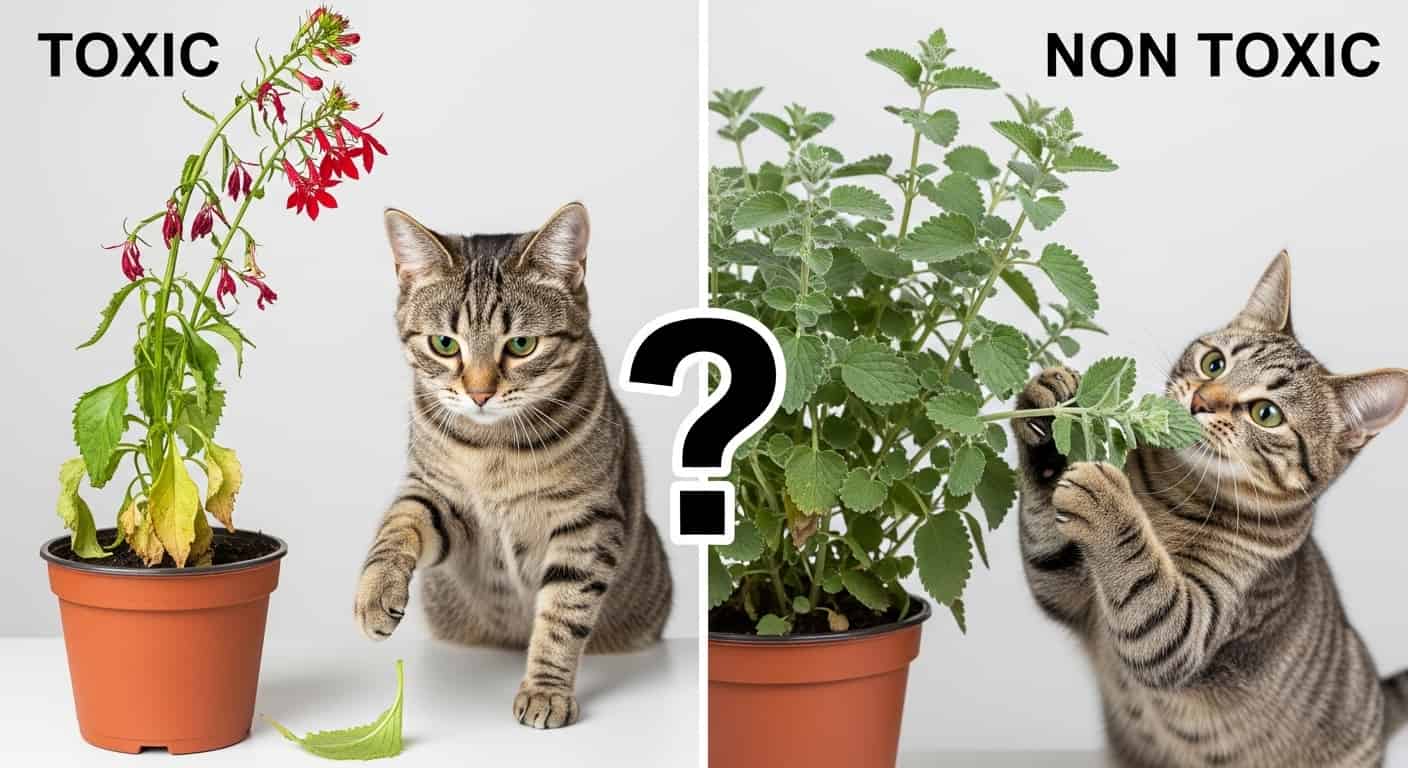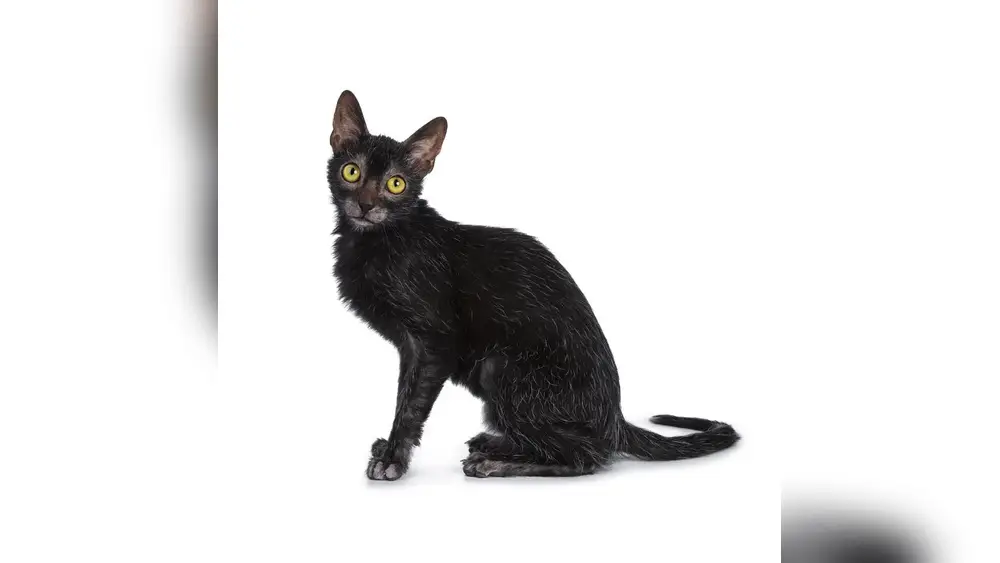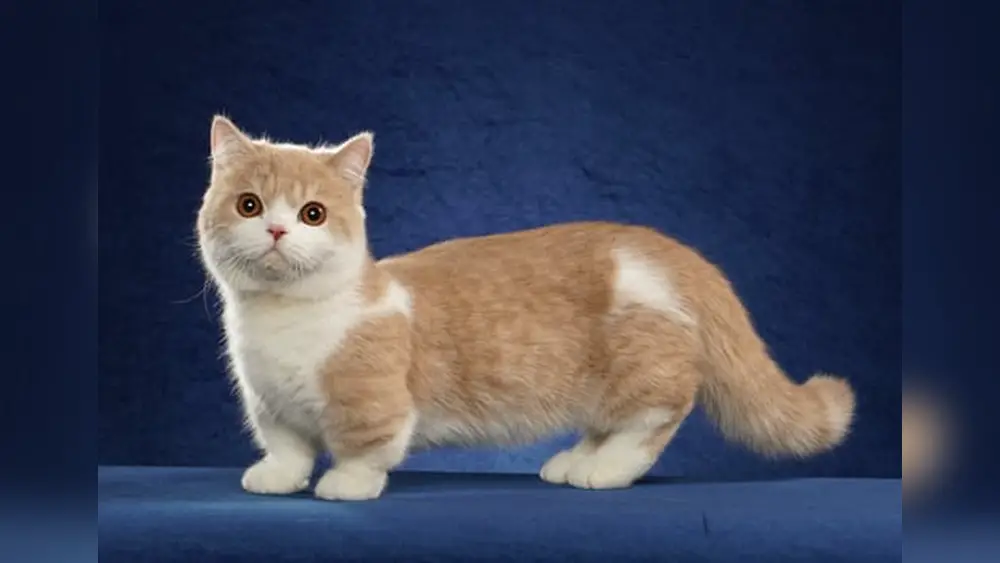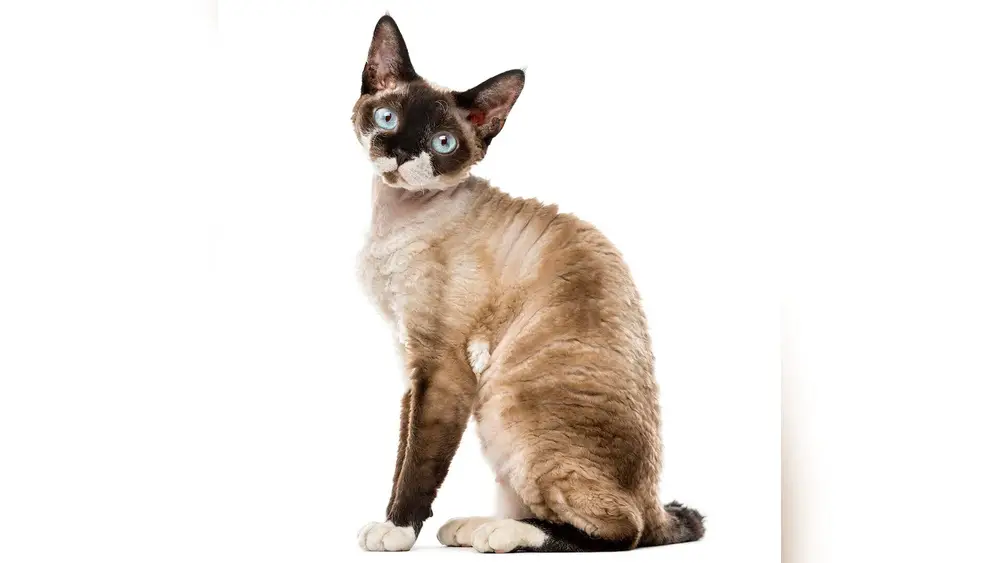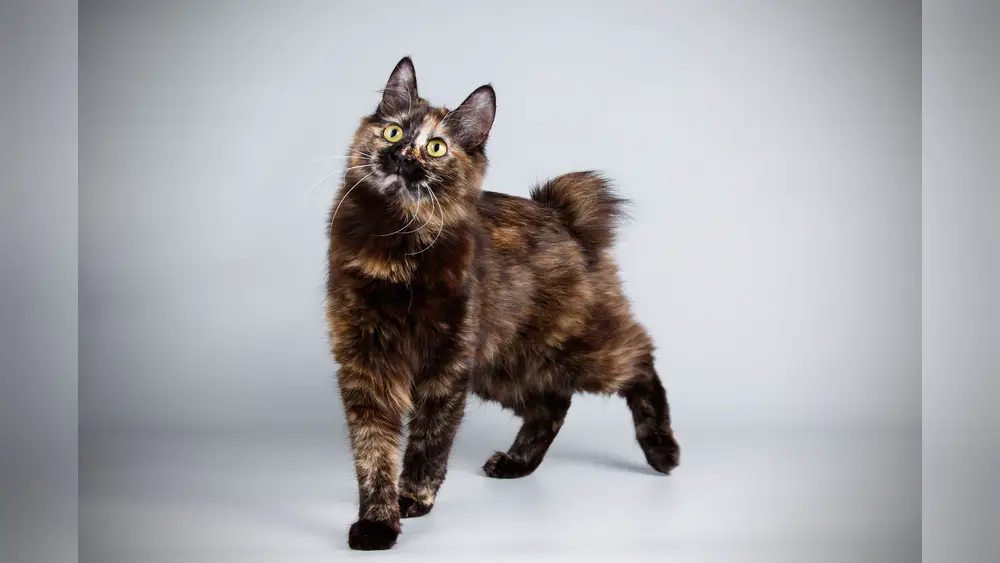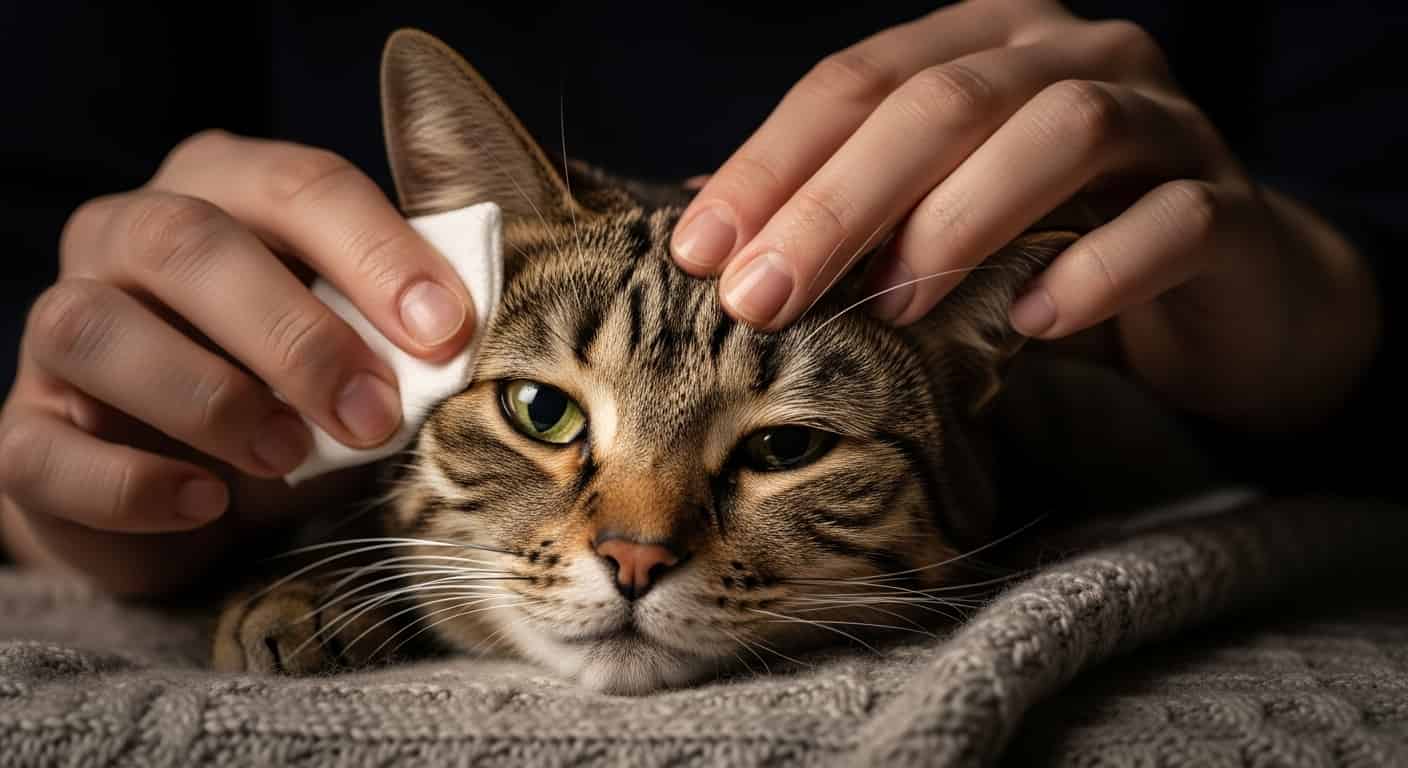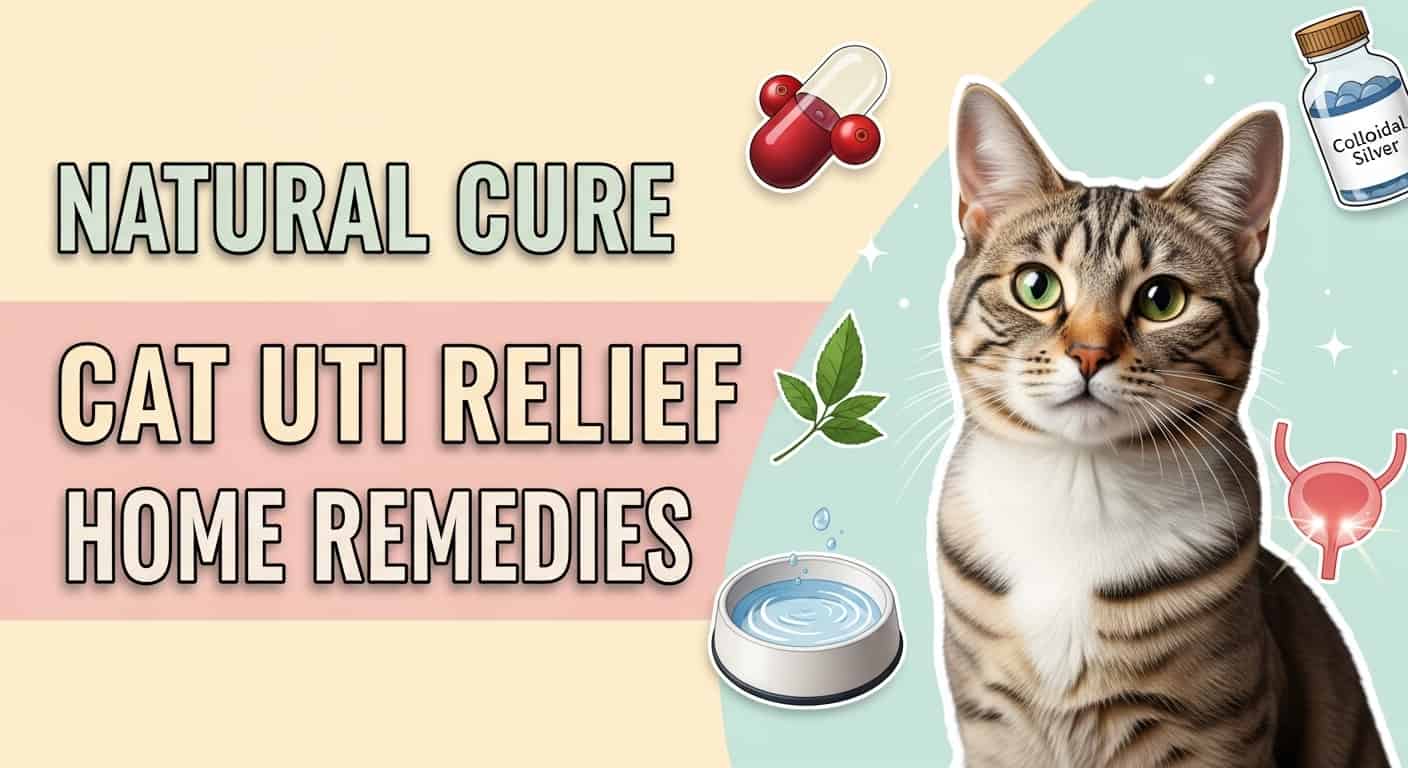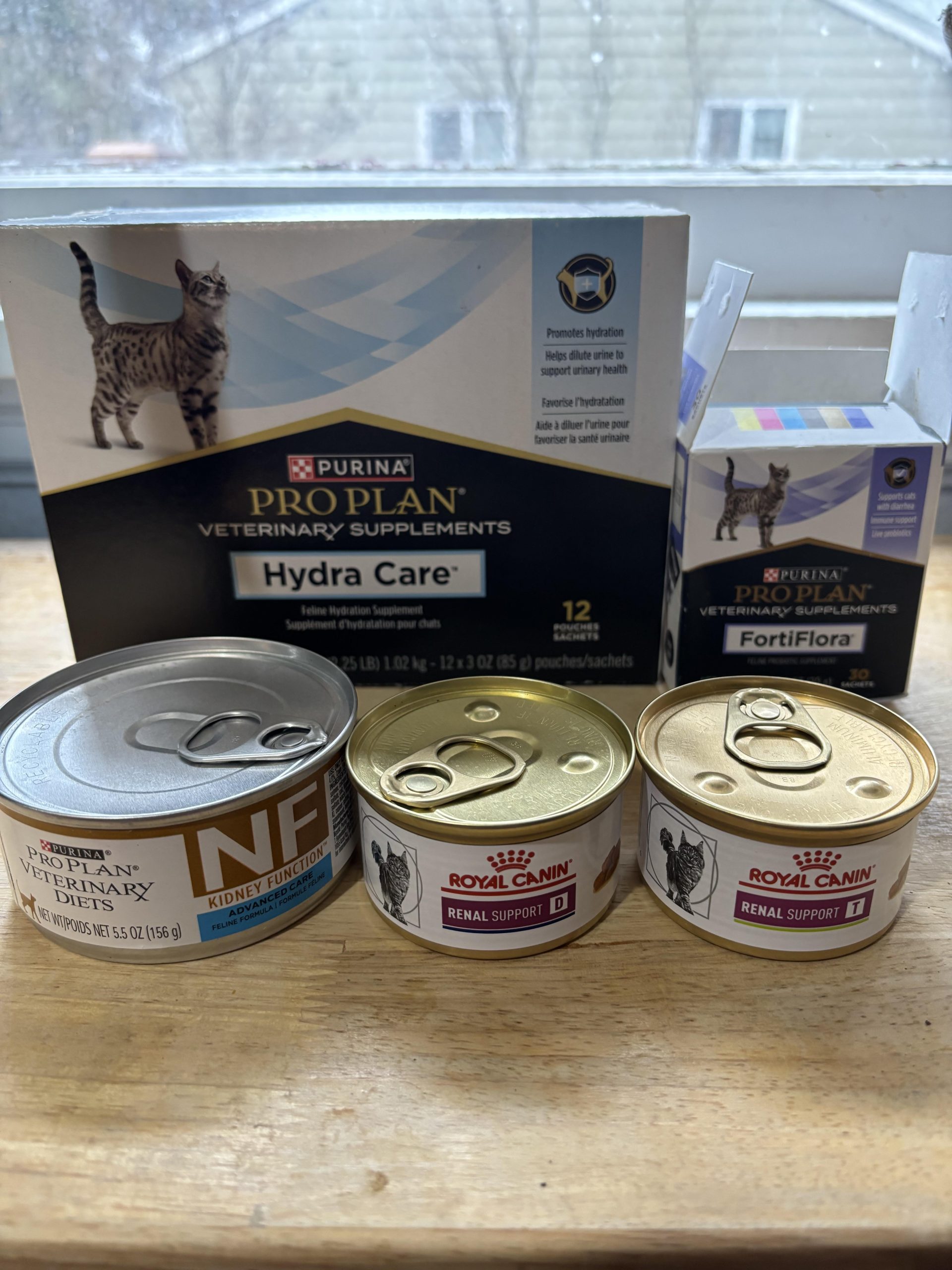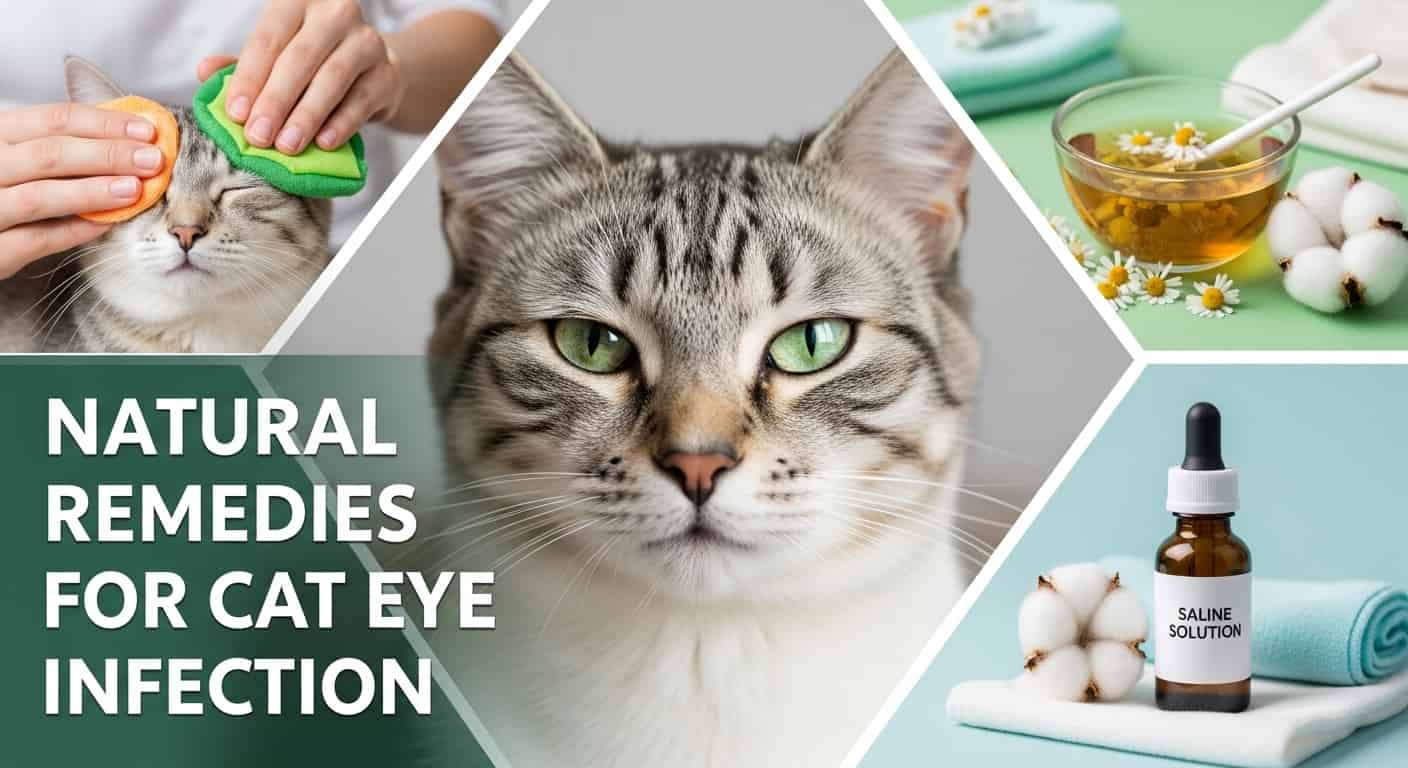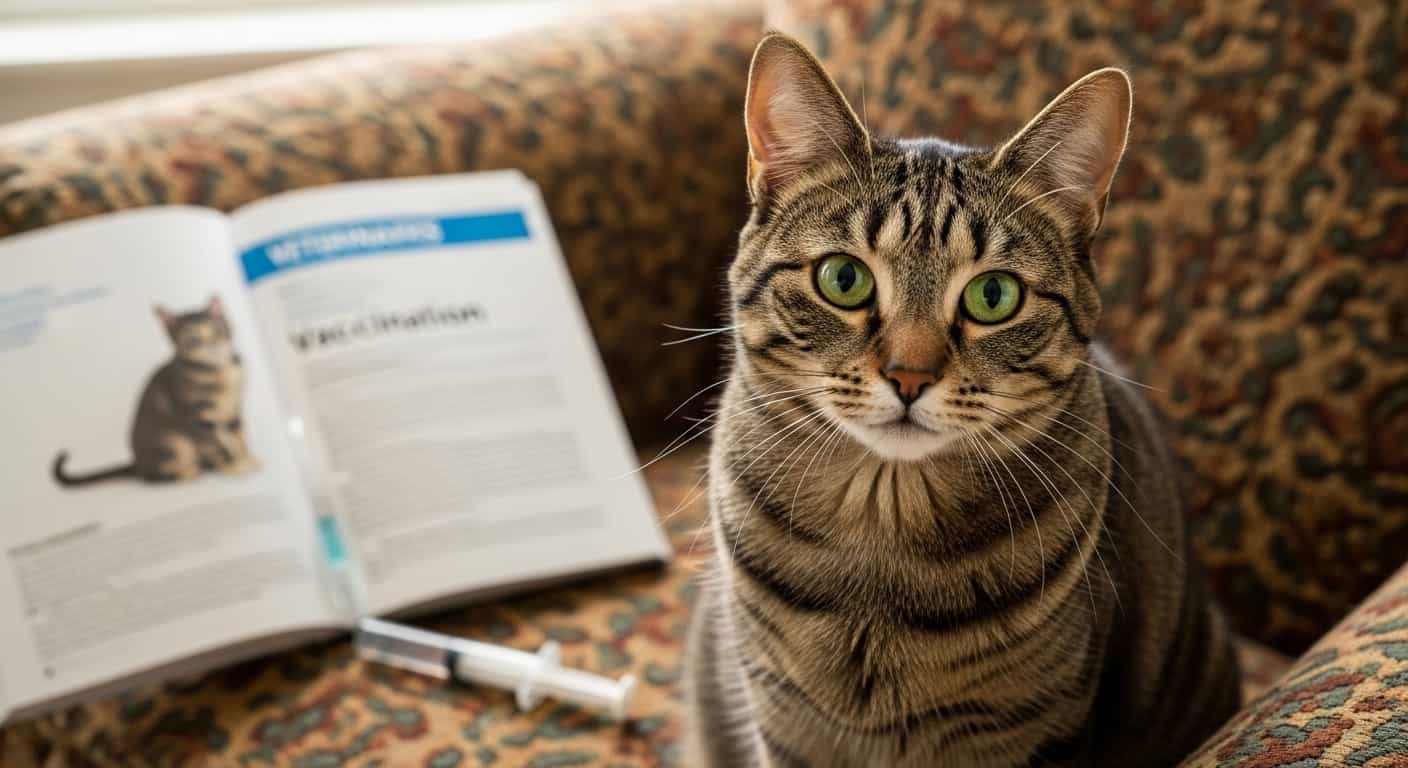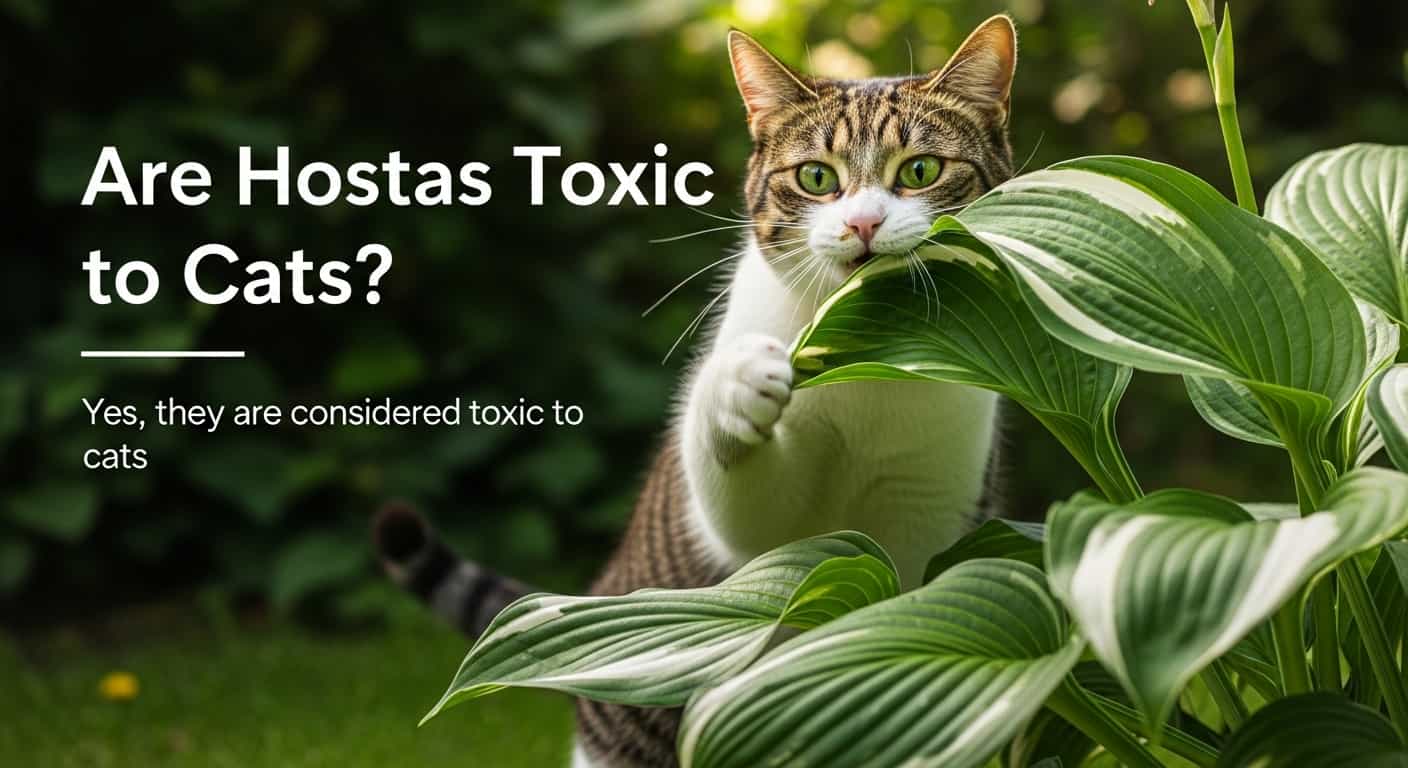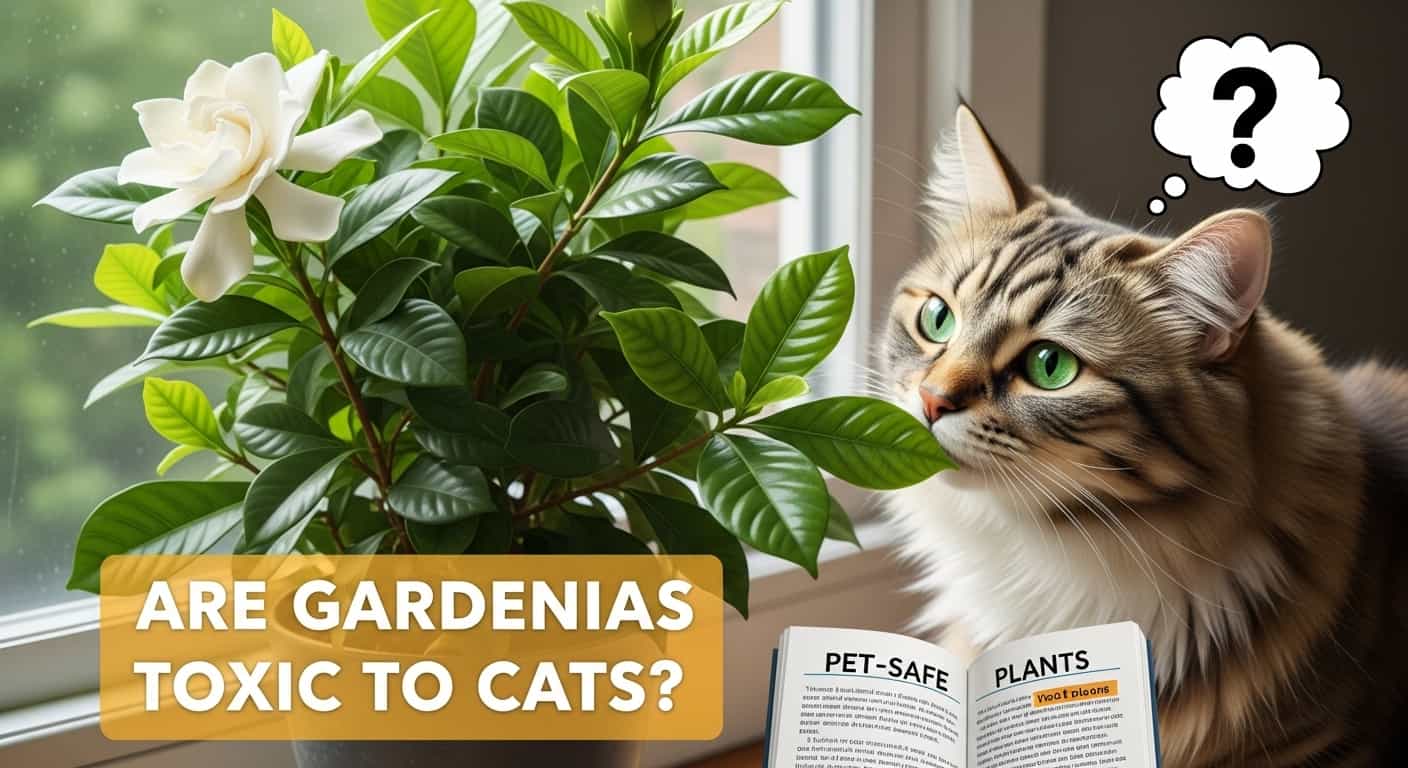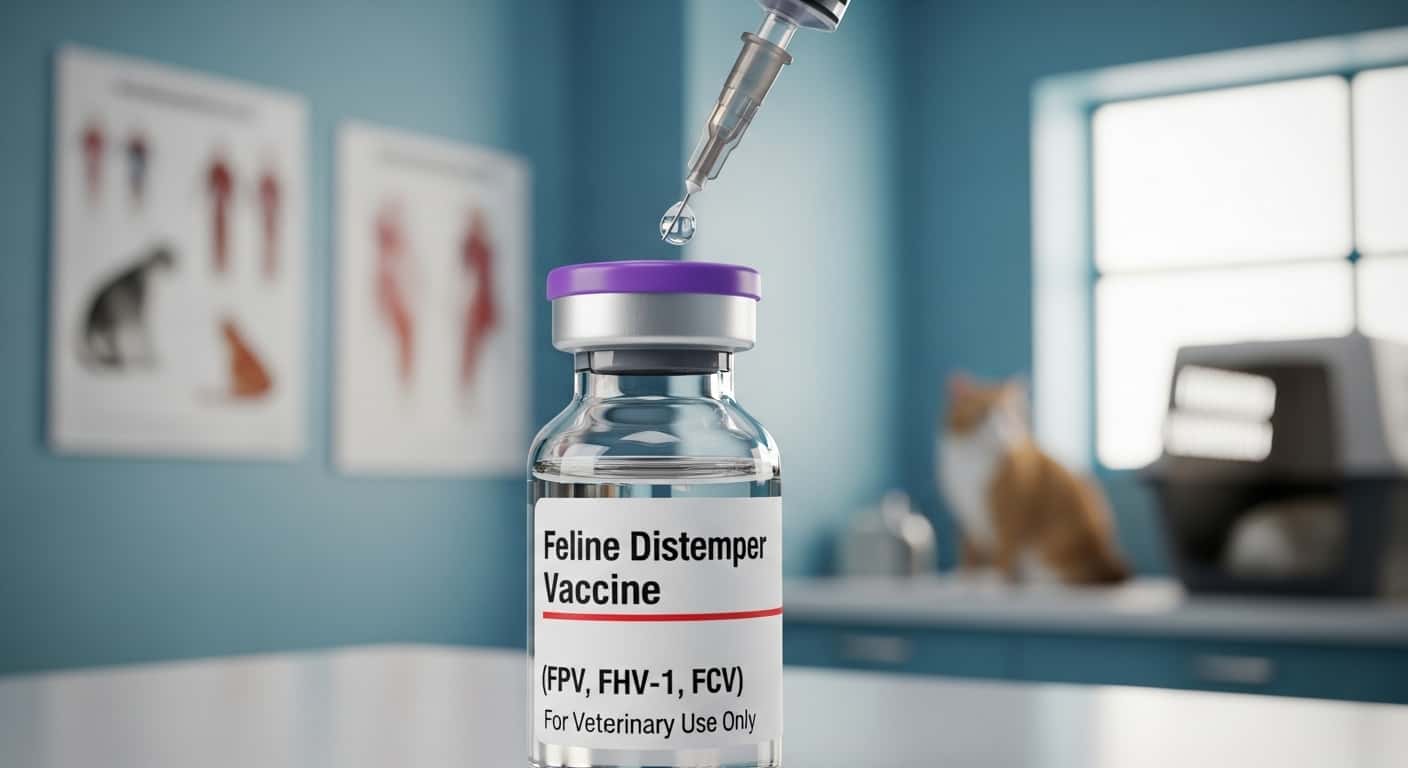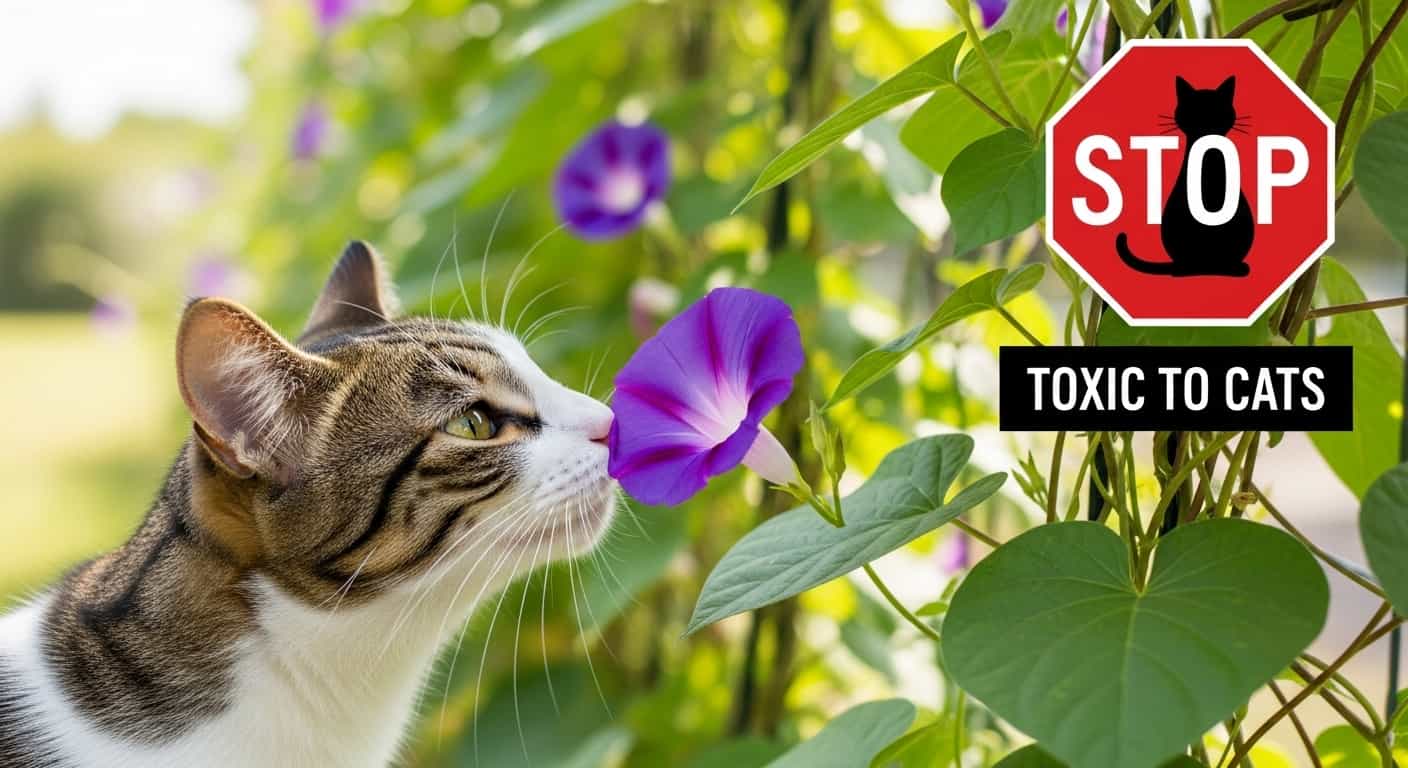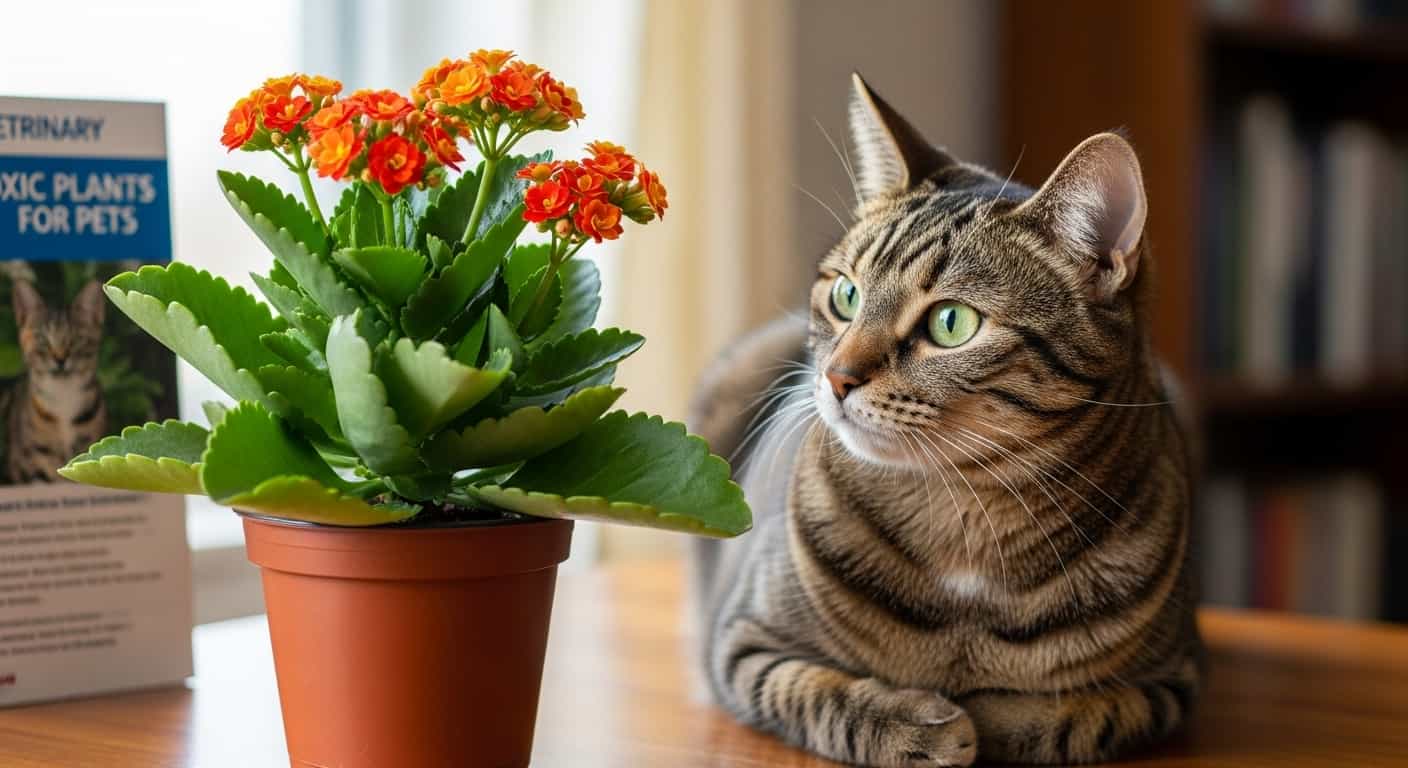Imagine you’re tending to your garden, enjoying the vibrant colors and fresh air. Suddenly, your curious cat decides to nibble on a plant, and you realize it’s lobelia.
Table of Contents
TogglePanic sets in as you wonder, “Is lobelia toxic to cats? ” You’re not alone in this concern, and your cat’s safety is your top priority. As a pet owner, it’s crucial to understand which plants pose risks to your furry friend.
This article will unravel the truth about lobelia and its potential danger to cats, empowering you with knowledge to protect your beloved pet. Stay with us to discover everything you need to know about lobelia and how to ensure your cat’s safety.

Credit: www.bhgre.com
Lobelia Overview
Lobelia, a plant known for its vibrant flowers and medicinal properties, can be a beautiful addition to gardens. But did you know it might pose a risk to your feline friends? Understanding the characteristics and varieties of Lobelia is crucial for cat owners. Let’s dive into the fascinating world of Lobelia and discover if it’s a safe choice for your home.
Common Varieties
Lobelia comes in various forms, each with its own charm. The most popular types are Lobelia erinus and Lobelia cardinalis. Lobelia erinus, often called trailing lobelia, is known for its delicate blue flowers. It’s a favorite in hanging baskets and garden borders.
On the other hand, Lobelia cardinalis, or cardinal flower, is admired for its striking red blooms. This variety is a standout in any garden. Both types can thrive in different environments, making them versatile options for gardeners.
However, it’s essential to recognize that some varieties might contain alkaloids harmful to cats. If your feline friend loves exploring, you need to be cautious about where you plant Lobelia.
Natural Habitat
Lobelia naturally thrives in diverse habitats. You’ll often find it in wetlands, meadows, and along riverbanks. Its ability to adapt to different conditions makes it a resilient choice for many gardeners.
Interestingly, Lobelia can also flourish in rocky areas and open woodlands. This adaptability contributes to its popularity among plant enthusiasts. It’s also why you might encounter Lobelia in unexpected places during your outdoor adventures.
Have you ever spotted Lobelia during a hike? Its vibrant flowers can be a delightful surprise amidst the greenery. But remember, if you’re hiking with your cat, ensure they steer clear of this potentially toxic plant.
With Lobelia’s wide distribution, it’s crucial for cat owners to be aware of its presence in both natural and landscaped environments. Is your garden safe for your furry companion?
Here's a related post that you might find useful. Cat Swollen Eye Treatment at Home: Easy Remedies for Quick Relief
Toxic Components Of Lobelia
Lobelia, a beautiful flowering plant, might catch your eye with its vibrant blue blossoms, but it’s important to be aware of its toxic components. Understanding what makes lobelia dangerous to cats is crucial for pet owners who want to keep their feline friends safe. Let’s dive into the specifics of these toxic elements and their effects on cats.
Alkaloids In Lobelia
Lobelia contains several alkaloids, which are organic compounds that can be harmful. These alkaloids, such as lobeline, are primarily responsible for the plant’s toxicity. While these compounds might have medicinal uses in humans, they pose a significant risk to cats.
Consider this: you might have a garden where lobelia flourishes, adding color and charm. However, if your cat is drawn to nibbling on plants, these alkaloids can lead to serious health issues. It’s a stark reminder that beauty can sometimes hide danger, especially in your garden.
Effects On Cats
When a cat ingests lobelia, the alkaloids can affect its nervous system. Symptoms may include vomiting, diarrhea, and excessive drooling. More severe reactions might involve tremors or difficulty breathing. These signs indicate that the alkaloids are interfering with your cat’s bodily functions.
Picture this: your playful feline suddenly becomes lethargic or seems distressed. Such changes can be alarming and may prompt a visit to the vet. Understanding these symptoms is vital to quickly recognize when your cat might be in trouble.
Have you ever wondered what plants are safe for your pets? It’s a question worth exploring, especially if you enjoy gardening or indoor plants. Ensuring your home environment is free from toxic plants like lobelia helps protect your pets from unexpected harm.
Keeping your curious cat safe involves vigilance and awareness. By knowing the toxic components of lobelia, you can make informed decisions about plant choices in your home and garden.
Here's a related post that you might find useful. Natural Cure for Cat Bladder Infection: Effective Remedies That Work
Symptoms Of Lobelia Poisoning In Cats
Lobelia poses a threat to cats, showing symptoms like vomiting and diarrhea. Muscle tremors and difficulty breathing may also occur. Quick veterinary attention is crucial to prevent severe health issues.
Lobelia is a plant with beautiful flowers. Yet, it can be harmful to cats. Cats might chew on plants out of curiosity. If a cat ingests lobelia, it might show signs of illness. Recognizing the symptoms early is crucial. It helps in providing timely care.Gastrointestinal Symptoms
Lobelia can upset a cat’s stomach. Common signs include vomiting and diarrhea. Cats may refuse to eat food. Loss of appetite is a major indicator. This might lead to weight loss if ignored. Drooling is another symptom to watch for. These signs suggest the cat’s digestive system is affected.Neurological Effects
Lobelia can also impact a cat’s brain. Cats might seem weak or lethargic. They may walk unsteadily or stumble. This might indicate a loss of coordination. Seizures are a severe sign of poisoning. In such cases, immediate veterinary help is vital. Changes in behavior can also occur. Cats might become unusually aggressive or overly calm. Monitoring your cat closely is important. If any symptoms appear, consult a vet promptly. `
Credit: www.reddit.com
Diagnosis And Treatment
Lobelia can be harmful to cats, causing symptoms like vomiting and diarrhea. Quick diagnosis by a veterinarian is crucial. Treatment often involves supportive care and managing symptoms to ensure your cat’s safety and recovery.
When your cat shows unusual symptoms, it’s natural to worry, especially if you suspect they’ve been exposed to something harmful like lobelia. Swift diagnosis and treatment are crucial. Understanding the process can help you take the right steps.Veterinary Assessment
The first step in addressing potential lobelia toxicity is a thorough veterinary assessment. When you bring your cat to the vet, they will ask detailed questions about your cat’s recent activities. Be ready to describe any changes in behavior, diet, or environment that might have led to exposure. Veterinarians often perform a physical exam and may order blood tests. These help determine if there are toxins present in your cat’s system. This comprehensive approach ensures a precise diagnosis, guiding the next steps in care.Treatment Options
Once the diagnosis confirms lobelia toxicity, your vet will discuss treatment options. Common treatments include activated charcoal to absorb toxins and IV fluids to flush them out. In some cases, medications may be prescribed to manage symptoms like vomiting or seizures. You might wonder if home remedies are safe. While tempting, it’s crucial to follow professional advice. Missteps in treatment can worsen your cat’s condition, so trust the guidance of your veterinarian. Have you ever experienced caring for a sick pet? It’s challenging, but your proactive approach can make all the difference. Observing and sharing precise details with your vet can save precious time in diagnosis and treatment.Preventing Lobelia Exposure
Lobelia can be harmful to cats if ingested. Keep this plant out of reach to ensure feline safety. Opt for pet-friendly plants to create a safe home environment.
Preventing your feline friend from coming into contact with lobelia can save you both from an unexpected trip to the vet. Cats are naturally curious creatures, often exploring gardens and nibbling on plants. Understanding how to keep them safe from toxic plants like lobelia is crucial for every cat owner. Below, we dive into practical steps you can take to prevent your cat from encountering lobelia, both outdoors and indoors.Safe Gardening Practices
Gardening can be a peaceful hobby, but it’s important to ensure your garden is a safe space for your cat. When planning your garden, consider choosing plants that are non-toxic to cats. Instead of lobelia, you might opt for cat-safe alternatives like marigolds or sunflowers. Create designated cat-friendly zones in your garden. These areas can include cat grass or catnip, providing safe spaces for your cat to explore and chew. By doing this, you can divert their attention from potentially harmful plants like lobelia. Fencing can also be an effective way to prevent your cat from accessing areas where lobelia is planted. Use materials that are safe and sturdy to keep your curious feline from sneaking into dangerous spots.Indoor Plant Safety
Indoor plants can brighten up your home, but some may pose risks to your cat. If you love lobelia, consider keeping it out of reach, perhaps on a high shelf or a hanging planter. Be mindful of where you place your plants. Curious cats can jump onto counters and shelves, so ensure that lobelia is positioned in a way that’s inaccessible. You might even consider using deterrents like citrus peels or motion-activated sprays near your plants. Regularly inspect your indoor plants for signs of damage or nibbling. If you notice your cat showing interest in a toxic plant, it might be time to reassess its placement or remove it altogether. Remember, a little caution goes a long way in keeping your pet safe. Have you ever had a close call with your cat and a toxic plant? What steps will you take to ensure your home remains a safe haven for your feline friend?
Credit: wagwalking.com
Alternatives To Lobelia In Gardens
Are you a cat lover with a passion for gardening? If you’ve been eyeing Lobelia for your garden, you might want to reconsider. Although it’s a beautiful addition, Lobelia is toxic to cats. But don’t worry—there are plenty of alternatives that are both stunning and safe for your feline friends. Let’s explore how you can create a vibrant, cat-friendly garden.
Cat-friendly Plants
Your garden can be a sanctuary for both you and your cats. It’s important to choose plants that won’t harm them. Consider catnip, a favorite among cats. It not only attracts them but also adds a lovely green touch. Another option is cat grass, which is easy to grow and provides enrichment for your kitty.
Have you thought about lavender? While its scent is soothing for humans, it’s safe for cats too. Plus, it can deter pests from your garden. You could also add thyme, which is non-toxic and offers great ground cover. These plants create a welcoming environment for both you and your furry companions.
Non-toxic Alternatives
Beyond cat-friendly plants, there are numerous non-toxic alternatives to Lobelia that can enhance the beauty of your garden. Consider marigolds, which are vibrant and repel certain insects. They’re safe for cats and bring a splash of color.
Petuniasare another option—they come in various colors and are easy to care for. If you’re looking for something unique, try fuchsias. They’re not only stunning but also safe for your pets. These alternatives ensure your garden remains a safe haven.
It’s possible to have a garden that’s both beautiful and safe for your cats. Why settle for toxic plants when you can create a harmonious space for everyone? What plants will you choose to keep your garden safe and vibrant?
Frequently Asked Questions
Is Lobelia Harmful To Cats?
Yes, Lobelia is toxic to cats. Ingesting Lobelia can cause vomiting, diarrhea, and other serious symptoms. Cats who have eaten Lobelia may also experience weakness and difficulty breathing. It’s important to keep this plant out of reach of pets and seek veterinary care if ingestion is suspected.
What Are Signs Of Lobelia Poisoning In Cats?
Signs of Lobelia poisoning in cats include vomiting, diarrhea, and drooling. Cats may also show signs of weakness and lack of coordination. In severe cases, they may experience respiratory difficulties. If you notice these symptoms, contact your veterinarian immediately for guidance and possible treatment.
How Do I Treat Lobelia Poisoning In Cats?
If your cat has ingested Lobelia, contact your veterinarian immediately. Do not attempt to treat your cat at home. The vet may induce vomiting and provide supportive care. Treatment may include fluids, medications, and monitoring. Early veterinary intervention is crucial for the best outcome for your cat.
Can Cats Recover From Lobelia Poisoning?
Yes, cats can recover from Lobelia poisoning with prompt veterinary treatment. The severity of the symptoms and the amount ingested affect recovery. Quick veterinary care improves the chances of full recovery. Always consult your vet if you suspect your cat has ingested Lobelia.
Conclusion
Lobelia can pose risks to cats. It’s important to keep it out of reach. Even small amounts might harm your furry friend. Always be cautious with plants at home. Consult your vet if you’re unsure about safety. Pets rely on us for protection.
Choose pet-friendly plants instead. Make your home a safe haven for cats. Keep their health and happiness a top priority. This helps prevent unwanted vet visits. Awareness and prevention are key. Stay informed about potential dangers. Your cat’s well-being matters.

